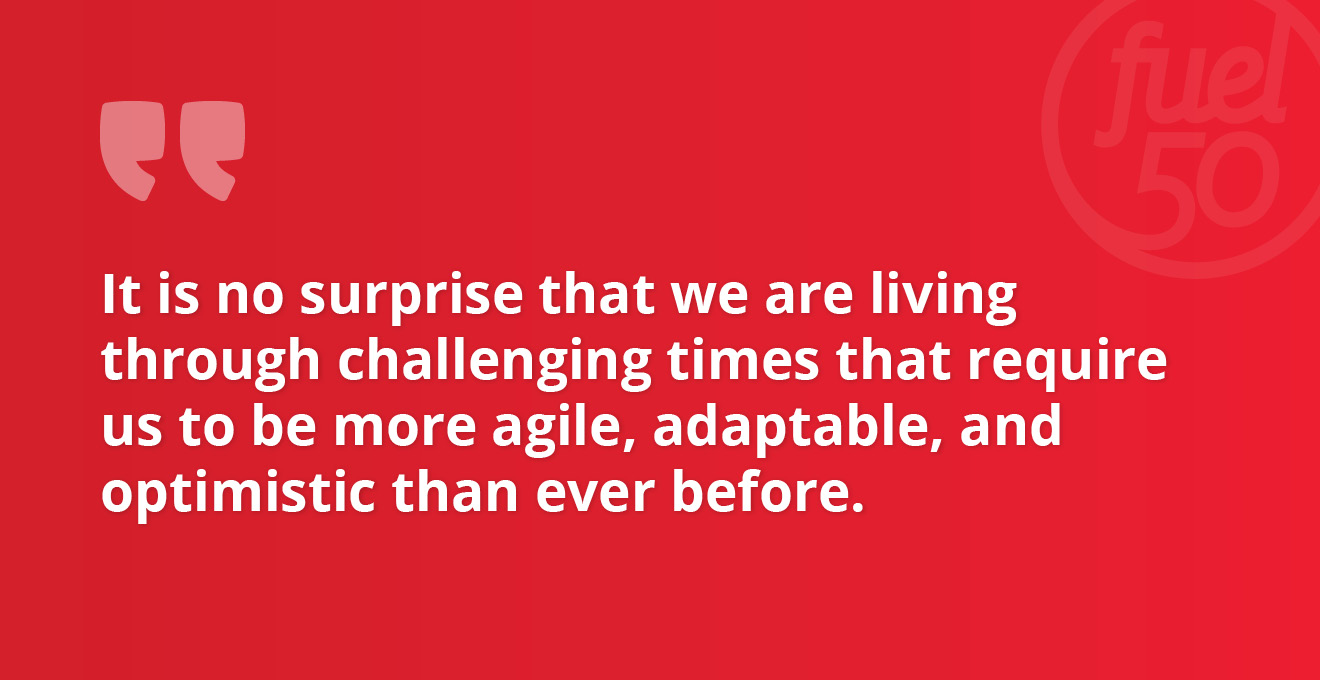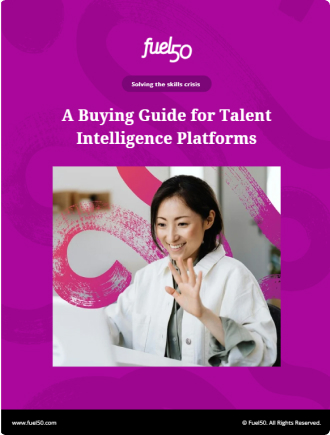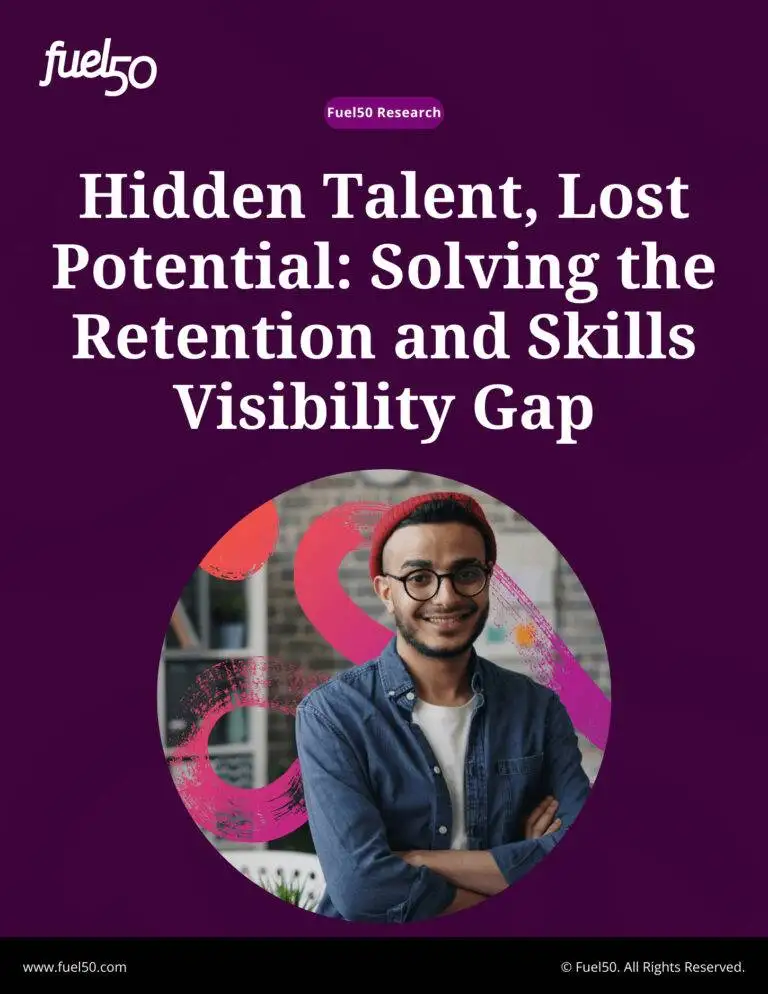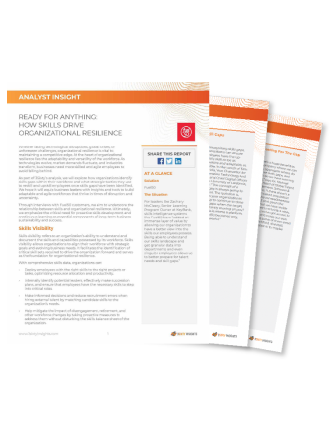What is the current state of food insecurity in the world?
On 24 February 2022, Russia attacked Ukraine.1 In May 2022, The Economist newspaper2 reported, “Ukraine’s exports of grain and oilseeds have mostly stopped, and Russia’s are threatened. Russia and Ukraine supply 28% of globally traded wheat, 29% of the barley, 15% of the maize, and 75% of the sunflower oil”. Over the last few months, the war between Russia and Ukraine has caused severe price increases in staple food, fertilizer, energy, and gas.
Further findings by The Economist newspaper imply that households in emerging economies spend 25% of their budgets on provisions, and in Africa as much as 40%. The infographics below from the United Nations provide interesting insights into food shortages and food prices.3 Like the global COVID-19 pandemic, the lack of food security has left many panicked.

Global management consulting firm McKinsey & Company finds that the war is affecting global food security and creating a high risk.4 The war is in one of the world’s six breadbasket regions and the Black Sea is also a crucial supply and transit hub for wheat and fertilizers. Despite the staggering statistics that we’ve seen, recent reports from the world’s largest multimedia news provider, Reuters,5 says that Ukraine increased its grain and oilseed exports from 8.5% to 48.5 million tonnes from 2021 to 2022. The increase in exports is despite a significant fall in volumes from February to June due to the unrest between Russia and Ukraine.
Since the war, the world has had to pause and reflect on what this means for individuals, organizations, and economic growth. It is no surprise that we are living through challenging times that require us to be more agile, adaptable, and optimistic than ever before.
This article explores the current food crises and how organizations in food-related industries can respond with more resilience when crises hit.
Current challenges impacting the food crisis
- Like the COVID-19 pandemic, the Russia-Ukraine conflict threatens daily survival and will have a global health impact. The food shortage could also lead to extreme hunger, starvation, disease, and death.
- Logistical constraints in Ukraine and export restrictions from other countries result in an overall downturn in global exports.
- Ukraine’s 2023 predicted harvest and exports will likely be the lowest in the past decade.
- Increased consumer prices due to tightened supply, high input, and transportation costs.
- Increased pressure on financial and fiscal systems to handle inflation, ensure sufficient trade, and provide subsidies to the neediest.
- Human suffering and malnutrition increase in vulnerable populations due to increased prices and limited supplies.6
Suggested actions & possible opportunities
When reflecting on the aforementioned challenges, it is important to acknowledge that we must be more agile and responsive. The question arises – how do we proactively alleviate or lessen the impact of these effects as the food crises strike?
McKinsey & Company shares initiatives that can assist agriculture, promote the trade environment, and upscale production.7 These initiatives are aimed at companies in agriculture, production, farming, supply chains, and logistics:
- Identifying fast-growing populations
- Focusing on sustainable agriculture
- Optimizing the use of land for food and biomass production
- Finding innovative ways to reduce global food waste
- Fast-tracking the development and adoption of alternative meat
- Educate the population on the most efficient proteins for consumption
- Negotiating and encouraging an open and predictable trade environment for agricultural goods
- Managing product shortages and advocating responsible and sensible shopping
- Analyzing consumer analytics to avoid hoarding goods in storerooms that leads tounnecessary wastage
- Implementing risk management systems to address shortages
- Exploring alternative and sustainable sources of materials and goods
- Investing in supply chain technology that promotes happier customer satisfaction
- Monitoring inventory levels
- Liaising with suppliers when detecting sudden shifts or changes in the market
- Upscaling sustainable production capacities8
- Utilizing logistics software to control multiple fulfilment operations to gain insights into real-time data that helps speed up business growth9
- Strategize diversifying global commodity supply chains10
- Designing new technology to increase output per kg of fertilizer used and ensuring the suitable fertilizer and quantity are applied to specific crops.11
In-demand jobs that could help the food crisis
Organizations operating in the food industry need to rethink their current workforce architecture and consider how recent changes affect the jobs within their industries. Many opportunities stem from this crisis, and innovation can improve the situation and make infrastructure and organizations more resilient.
The latest research shows that the jobs in these industries are likely to change. Career Harvest is a one-stop shop for prospective students to discover rewarding careers in agriculture that shed light on some future roles in farming.12 These in-demand roles include:
Agroecological farmer
Agroecology is also known as regenerative agriculture and is usually based in urban areas. The agroecological farmer nurtures agricultural ecosystems to mitigate climate change and creates effective, efficient, and sustainable means of feeding and fueling the planet.
Bio-jacker
Also referred to as genetic engineers, plant-focused bio-jackers manipulate the growth patterns and appearance of plants, as well as the nutrition profiles of fruit and vegetables. Plant bio-jackers research plants and examine their DNA to enhance shape, size, or production levels. The bio-jackers also create new varieties of plants or crops.13
Cricket farmer
Cricket farming is already used to feed chickens, other birds, fish, and various reptiles. In future, cricket farming could be an urban agriculture practice focused on producing efficient sources of high-quality protein, micronutrients, calcium, zinc, and heme iron (a type of iron that comes from animal proteins).14 Crickets consume plant products and produce very little waste, making them an efficient energy source. Cricket farming can be automated using robots and intelligent systems to monitor each cricket module, track ideal growing conditions, and monitor inputs and growth rates. The crickets can be turned into high protein flour for bread products and protein bars or deep-fried to produce crispy snacks.
Agronomist
Also known as a crops expert that shares the best and newest methods for growing crops. Research shows that agronomists are in demand by large farming corporations, and seed, fertilizer, chemical, and food companies work with agronomists to optimize food quality and output.15

What are the trending skills needed for successful regenerative farming?
The in-demand jobs below hold unique skills. It would be wise for organizations in these industries to consider reskilling and multiskilling their workforce to ensure ongoing resiliency and progression.
Plant breeding
Hydrogeology
Agricultural science
Agricultural Deoxyribonucleic Acid (DNA) technologies
Biofuel
Fieldwork
Robot repair
Data analysis skills
Algorithmic software
Sustainable and productive framing
Genetics
Genome editing
Collaboration between industries
Bioethics
Genetic diversity practice
Digital literacy
Cricket-breeding program
Cricket varieties
Market trends
Food production industry
Sustainable supply chain
Urban food production
Global food waste
Post-pandemic risk framework
Future long-term focus projects
We can no longer depend on the distribution of staple foods from the Ukraine. It’s also clear that trade in the transit hub is at risk, which further hampers import and export opportunities. We need to strategize how we can localize urban food production and explore ways to redefine key protein sources that have a lower impact on the environment and are more energy efficient to produce.
At the same time, we need to explore the possibility of expanding global commodity supply chains and encouraging an open and predictable trade environment for agricultural goods. As we strive to localize urban food production, we must also consider investing in emerging technologies that promote supply and address local logistics challenges when delivering staple foods.
Providing sustainable and energy-efficient food production is a mammoth task. Organizations in the food industry should drive long-term focus projects. The projects will require crucial skills and interesting roles to ensure that agriculture, production, supply chains, and logistics remain agile and responsive. This focus will contribute to organizations building resilient structures to deal with the ongoing food depression.
Written by Fuel50’s Workforce Architecture team
Fuel50’s dedicated team of Workforce Architects and Industrial and Organizational Psychologists feed the Fuel50 Talent Ontology, train our ethical AI with Diversity, Equity, and Inclusion design principles at heart, and support best-in-class organizations using Fuel50 to transform and future-proof their talent strategy and workforce architecture.
1. Timeline: Six months of Russia’s war in Ukraine, Aljazeera. https://www.aljazeera.com/news/2022/8/24/timeline-six-months-of-russias-war-in-ukraine. Accessed 24 August 2022.
2. The coming food catastrophe, The Economist. https://www.economist.com/leaders/2022/05/19/the-coming-food-catastrophe. Accessed 19 May 2022.
3. End hunger, achieve food security and improved nutrition, and promote sustainable agriculture, United Nations Department of Economic and Social Affairs Sustainable Development. https://sdgs.un.org/goals/goal2. Accessed unknown.
4. A reflection on global food security challenges amid the war in Ukraine and the early impact of climate change, Daniel Aminetzah, Artem Baroyan, Oleksandr Kravchenko, Nicolas Denis, Sarah Dewilde, Nelson Ferreira, Julien Revellat and Ivan Verlan, McKinsey & Company. https://www.mckinsey.com/industries/agriculture/our-insights/a-reflection-on-global-food-security-challenges-amid-the-war-in-ukraine-and-the-early-impact-of-climate-change. Accessed 17 August 2022.
5. Ukraine exports 61.5 MLN T grain, oilseeds worth $22.2 BLN in 2021/22, Reuters. https://www.agriculture.com/markets/newswire/table-ukraine-exports-615-mln-t-grain-oilseeds-worth-222-bln-in-202122. Accessed on 2 July 2022
6. A reflection on global food security challenges amid the war in Ukraine and the early impact of climate change, Daniel Aminetzah, Artem Baroyan, Oleksandr Kravchenko, Nicolas Denis, Sarah Dewilde, Nelson Ferreira, Julien Revellat and Ivan Verlan, McKinsey & Company. https://www.mckinsey.com/industries/agriculture/our-insights/a-reflection-on-global-food-security-challenges-amid-the-war-in-ukraine-and-the-early-impact-of-climate-change. Accessed 17 August 2022.
7. The rising risk of a global food crisis, Daniel Aminetzah and Nicolas Denis, McKinsey & Company. https://www.mckinsey.com/industries/agriculture/our-insights/the-rising-risk-of-a-global-food-crisis. Accessed 12 September 2022.
8. Food security and affordability, Council of the European Union. https://www.consilium.europa.eu/en/policies/food-security-and-affordability/ . Accessed 11 November 2022.
9. Notable product shortages in 2022, Zhenhub. https://zhenhub.com/blog/product-shortages-2022/. Accessed 22 June 2022.
10. What does the future of fertilizer tech look like?, Geo Kamus, Forward Fooding. https://forwardfooding.com/blog/foodtech-trends-and-insights/what-does-the-future-of-fertilizer-tech-look-like/. Accessed 6 July 2022.
11. How to manage the world’s fertilizers to avoid a prolonged food crisis, Juergen Voegele, World Bank Blogs. https://blogs.worldbank.org/voices/how-manage-worlds-fertilizers-avoid-prolonged-food-crisis. Accessed 22 July 2022.
12. What are the 100 jobs of the future?, Career Harvest. https://www.careerharvest.com.au/what-are-the-100-jobs-of-the-future. Accessed unknown.
13. Plant Geneticist, AG Explorer. https://agexplorer.ffa.org/career/plant-geneticist#:~:text=Plant%20geneticists%20conduct%20research%20to,level%2C%20pesticide%20and%20disease%20tolerance. Accessed unknown.
14. Heme iron vs. non-heme iron in food, By Dr. Eric Lewis, ND, Hemochromatosis Help. https://hemochromatosishelp.com/heme-iron-vs-non-heme-iron/. Accessed unknown.
15. Top 7 “in-demand” AG jobs, Tim Hammerich, AG Grad. https://aggrad.com/top-7-in-demand-ag-jobs/. Accessed 14 April 2022.











